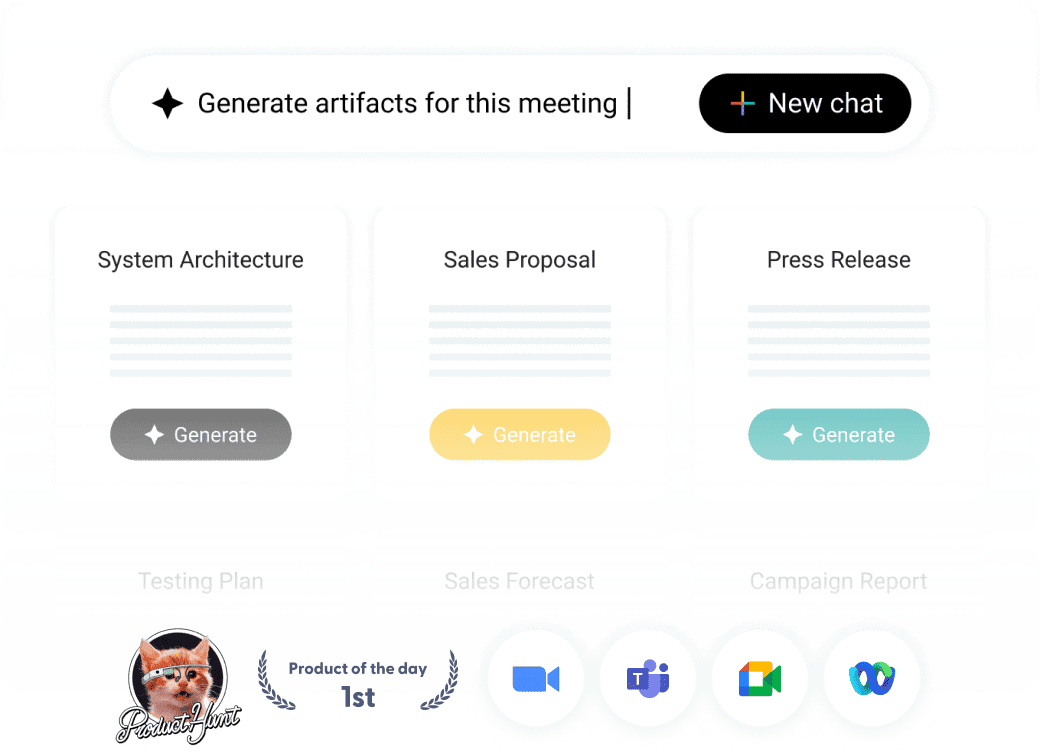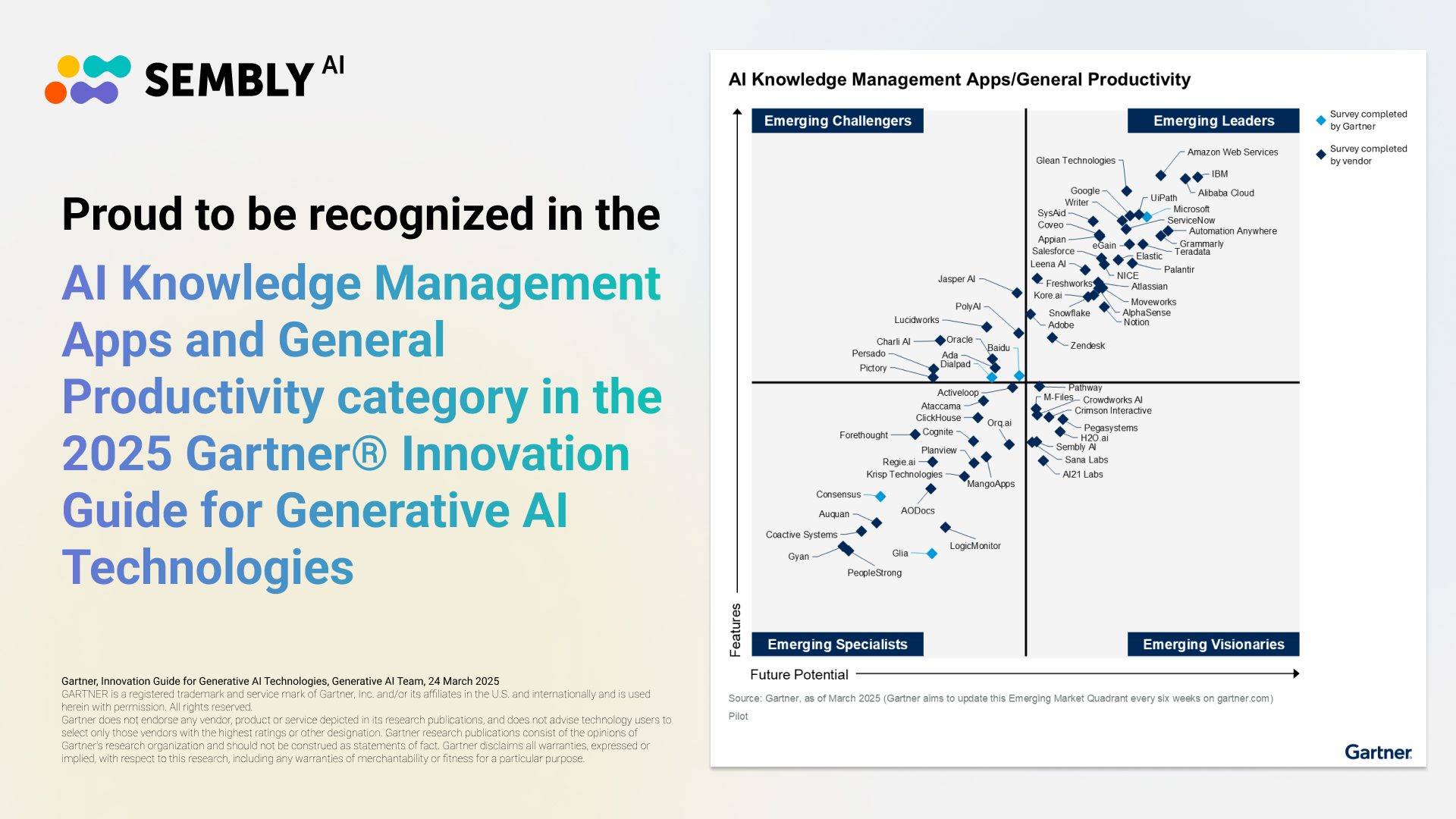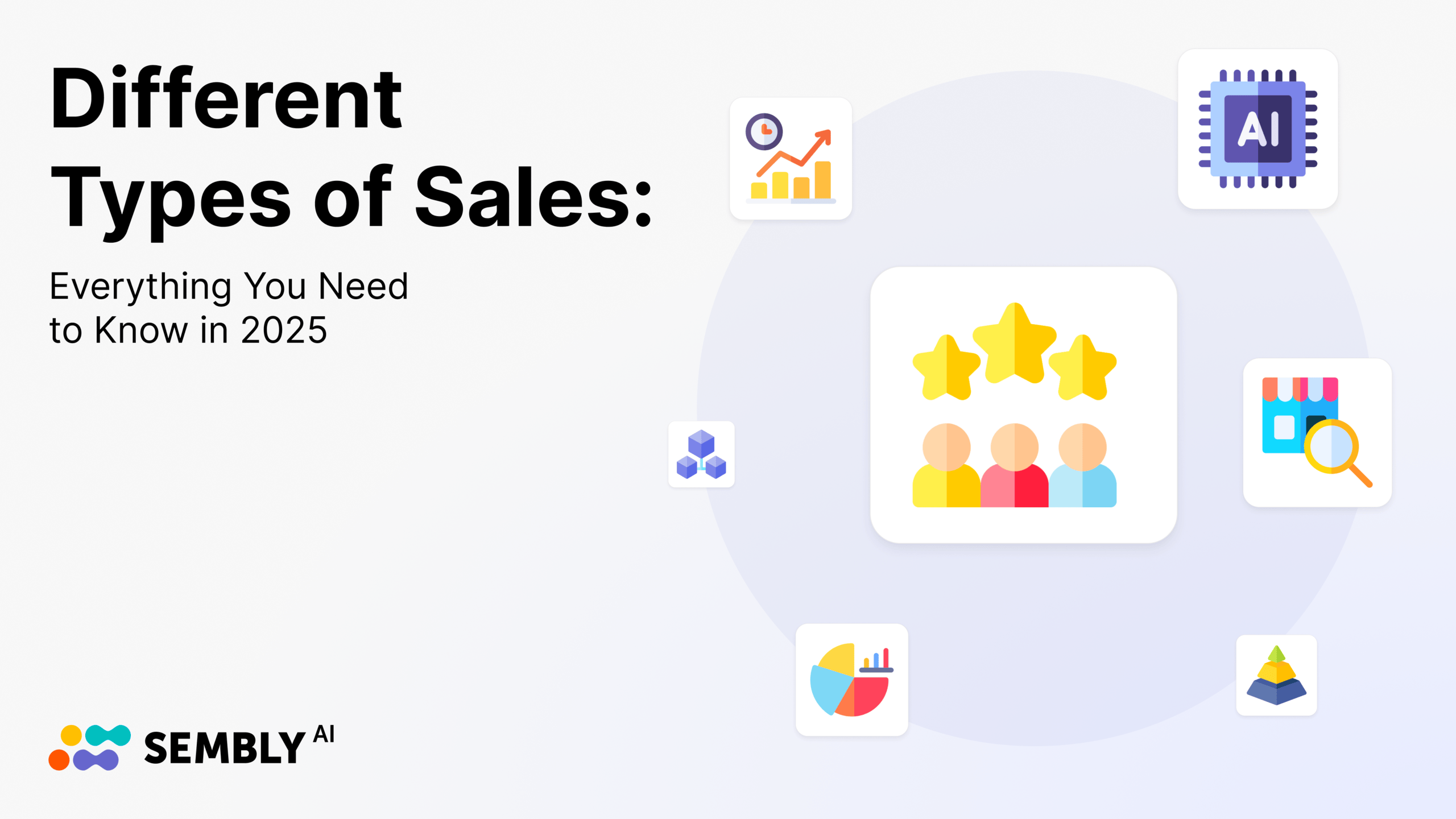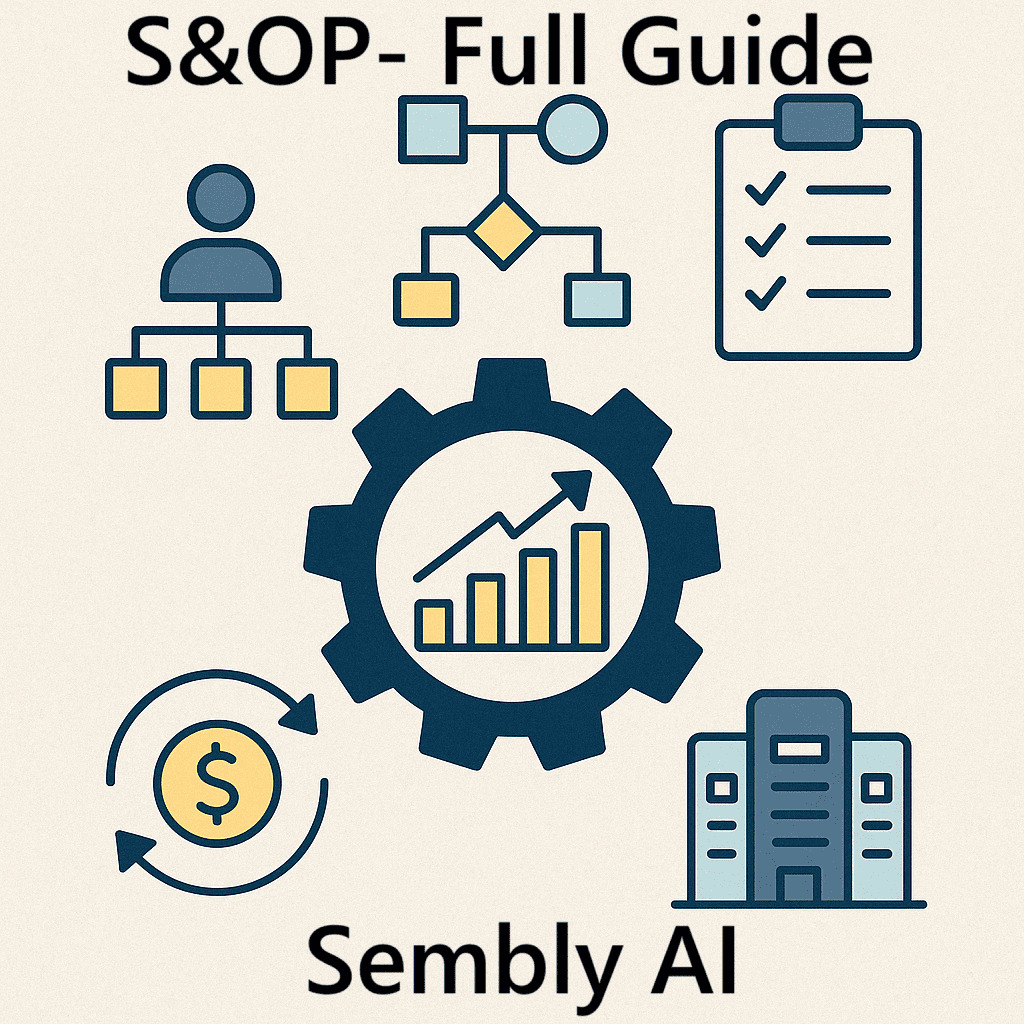Table of Contents
ToggleRecently updated on February 6th, 2025
The emergence of digital goods has changed the business realm by providing tools that enhance effectiveness, growth, and customer experience. The big question, however, is: How do firms guarantee the effectiveness of these products? The answer lies in digital product management, which encompasses various functions including strategic planning, hands-on digital capability, and orientation to the market in order to achieve tangible results.
Now, let’s explore this in detail and understand its importance.
What is Digital Product Management?
This entails the supervision of the product life cycle, starting from the initial concept and extending even after its launch. The primary concern of this discipline is to strike the right balance between the requirements of the client and the business objectives that are defined beforehand. In today’s rapidly evolving digital economy, effective digital product management has become critical for companies to maintain competitiveness and drive innovation.
At the center of today’s digital business are applications, websites, and SaaS platforms. But how do they flourish? The reason is that a digital product manager knows how to do it. What is a digital product manager and what does a digital product manager do? This expert has the capacity to assess how the development and implementation of a certain product meet the market demand, market competition, and market conditions. Given that 70% of new products introduced to the market each year do not succeed, a well-formed product strategy and product hypothesis can be a game changer.
Digitization has disrupted industries, including those of transport and accommodation, due to platforms like Uber and Airbnb, which embody an excellent user experience. These user-centric products are designed to make customers’ lives easier and businesses more efficient. Even the best product ideas can fail without proper management.
Digital vs. non-digital product management
Non-digital product management has to do with physical products or goods, while digital one is more about intangibles: software, data, online services, and more. Physical goods cannot be modified or enhanced after their release – that is not the case with digital products, which can be adapted at any time based on users’ opinions and market tendencies. This dynamic nature means that a digital product manager has to be flexible and technically skilled at the same time.
For instance, the way in which a software engineer is responsible for a mobile device as a product or idea differs greatly in managing a digital tool such as a music streaming platform. A streaming application is a continuously changing application that requires many updates, security adjustments, and new product features for the users’ comfort.
Core Responsibilities of a Digital Product Manager
It is no easy task to become a digital product manager, as it entails performing a variety of tasks, ranging from a deep understanding of customers’ requests, overseeing product teams and, lastly, ensuring that the product meets the necessary KPIs. With this being said, let us discuss the key duties of this role.
Understanding Customer Needs
More often than not, such a manager will start by asking the prospective customers what their pain points and needs are. In order to understand them, it is imperative for managers to conduct customer interviews and send surveys. Envision how the recommendation algorithm of Netflix emerged – it was a by-product of targeting the audience and understanding their preferences.
Managing Development of Products
A digital product manager is able to work among all the cross-functional teams. This allows for effective cooperation between developers and marketers in order to finish product development quickly. This is where agile development and methodologies also come in handy, as they allow for iterations and faster product delivery.
Monitoring and Analyzing Product Performance
Once the product goes live, what exactly does a digital product manager do? They are responsible for looking at various KPIs, such as retention numbers and churn rates as well as how features are being utilized. In addition, they utilize tools such as Google Analytics or Mixpanel to determine what strategies are effective and what ones require alterations.
Core Skills for Digital Product Managers

Being a successful digital product manager requires a diverse skill set. From technical know-how to effective communication skills, this skill set ensures smooth digital product development and delivery. Let’s look at the key skills needed for excelling in the digital product manager role.
Technical Expertise
A digital product manager doesn’t need to write code, but must understand the technology and have hands-on experience. Knowledge and product experience with APIs, software development cycles, a digital product launch, product planning, strategic product roadmaps, story mapping, and cloud computing are invaluable.
Strategic and Design Thinking
Strategic thinking allows a digital product manager to align product goals with business objectives. For instance, when launching a new feature, they must consider how it impacts revenue and customer satisfaction.
Soft Skills
Communication and collaboration are key. A digital product manager must convey their product vision to sales teams and other departments while managing stakeholder expectations.
Tools for Digital Product Management
Every digital product goes through its own cycle, and for effective management of that cycle, the right kind of digital technologies needs to be implemented. These tools assist in simplifying tasks, promoting teamwork, and offering useful data. Some of the important resources used in digital product management are listed below.
Product Management Platforms
Jira and Trello are excellent tools for task organization, summarizing what needs to be done, who would do it, and by when. They are especially important in handling the workflow of a complicated digital product since they enable the team to deconstruct an extensive project into smaller components. Also, they allow the team to see the progression of the work which eliminates confusion and uncertainty.
Analytics Tools

Tools such as Amplitude assist product managers with insights into user activity, which in turn helps them make better data-driven decisions. Moreover, by enabling user journey visualization and identifying potential drop-off points, these tools help in nailing down areas that require modifications. More sophisticated capabilities, such as cohort analysis and A/B testing, enable deeper insights, allowing the product to adapt as it receives more and more user feedback, not just speculation.
Collaboration and Communication Tools
Slack and Microsoft Teams are great tools that allow users to talk with their team members or colleagues regardless of their geographical location in a remote, hybrid work or just fast-paced environment. While most messaging tools still function solely as messaging apps, such tools are much more than that as they include a range of features such as file sharing, video conferencing, and connecting with other apps. This has resulted in real-time action and more creativity for the teams and, therefore, ultimately better efficiency.
Leveraging AI in Digital Product Management
AI assistants like Sembly are revolutionizing digital product management by streamlining workflows and enhancing productivity. Plus, such tools drastically transform how product managers navigate the whole product lifecycle. Here is how AI-powered tools like Semblian can support each step:
Product Strategy Development
To have a strong digital product, it is important to have a good product strategy. Semblian can help in generating strategic options and suggesting priority factors based on market trends and user data. This ensures that the strategy reflects both customer needs and business goals.
Prioritization
It is difficult to decide which features should be prioritized. To make this process more objective and efficient, Semblian’s evidence-based insights support the ranking of features by impact, effort, and potential ROI.
Determining KPIs
Success measurement depends on setting Key Performance Indicators (KPIs). In order for the set goals of the product to be realized, historical data together with current trends are analyzed by Semblian to recommend meaningful KPIs for your company.
PRD Creation and Updating
A Product Requirements Document (PRD) is an outline for development purposes. Semblian can synthesize team discussions as well as meeting notes in drafting PRDs. Plus, it regularly updates PRDs whenever new insights emerge.
Implementation Planning
Creating detailed product development plans can take much time. However, Semblian provides automated generation of step-by-step implementation plans based on product scope as well as available resources. This helps teams in meeting deadlines as well as staying on track.
Status Tracking and Collaboration
It is often a challenge to align the teams. Sembly makes it easier for teams to work together by summarizing meeting conversations that can then be passed across cross-functional teams. This ensures everyone is on the same page, reducing miscommunication and delays.
Release Planning
Planning a product release requires careful coordination. Semblian can thus develop comprehensive release plans that contain timelines and milestones, resource allocation as well as risk mitigation strategies to facilitate smooth roll out.
Promotion and Marketing Planning

Effective promotion strategies are vital when launching new products. Semblian analyzes market data and offers recommendations for customized marketing campaigns, channels, or messaging that ensure maximum coverage of customers.
Testing and QA
Quality assurance plays an important role in delivering robust products. Semblian suggests test cases and develops a QA strategy based on the product’s features and target audience, which makes the process more thorough and efficient.
Gathering and Assessing Feedback
Post-launch feedback is invaluable for product improvement. To make this process easier, Sembly organizes feedback from surveys, interviews, or reviews into actionable insights that help digital product managers prioritize enhancements more effectively.
As AI-backed aids are added to their workflow, product managers are able to improve their productivity as well as their decision-making by relying on data faster. Think of a case where AI’s insights replace long hours of monotonous multitasking: such a change makes it possible for teams to focus on the essential work they should do to come up with outstanding digital solutions — the delivery of digital products that are highly effective and impactful.
Challenges in Digital Product Management
Navigating the complexities of digital product management is no easy feat. From balancing diverse stakeholder expectations to keeping pace with rapid technological advancements, this role demands a proactive and adaptable approach. Here are some of the most pressing challenges faced by digital product managers.
Balancing Stakeholder Expectations
Stakeholders often have conflicting priorities. A digital product manager must mediate and find a balance between user needs and business goals.
Keeping Up with Technological Advances
The rapid pace of technology can be daunting. Staying informed about emerging tools and industry trends is crucial for staying ahead in the market.
Ensuring a Seamless User Experience
User experience is paramount. Even minor flaws can lead to dissatisfaction. Digital product managers must continually optimize usability and design.
The Future of AI in Digital Product Management

AI might soon become indispensable in the domain of digital products, which includes enhancing customer experience through personalization and automating feature rollouts, amongst many others. It is predicted by Gartner that by 2030, AI will handle 80% of all product management tasks.
Moreover, real-time interaction with the users and AI adapting the products to real-time market changes would become possible because of more advanced machine learning algorithms. This also entails the growing dependence of digital product managers on AI for actions such as analytics, assignment of features to be developed, or product marketing, including coming up with advertisement and promotion strategies.
In terms of competition, AI adopters are likely to easily have an upper hand because these make the decision-making process quicker and the targeting of the user requirements more accurate. In the future, AI will not only be a tool but will be woven into the fabric of the product management structure.
To Wrap Up
Managing a digital product is an art as much as it is a science. Product managers are required to possess a specific skill set that allows them to include customer empathy, market strategy formation as well as executing strategies, and being able to innovate while remaining efficient. By leveraging tools like Sembly and embracing AI, digital product managers can lead their teams to success in an ever-evolving landscape.
FAQs
How do a product manager and a digital product manager differ?
Although both roles manage product development, a digital product manager’s focus is on managing virtual goods such as apps, software, or online services. This role requires greater knowledge of technology that includes user interface design, APIs, and the software development lifecycle. For example, as a traditional product manager, you will be responsible for the release of a new physical device and as a digital one – for ensuring that the relevant smartphone application works well.
What are the best ways to prioritize features in digital product management?
In order to correctly start prioritizing features, one needs to understand the wants and needs of the customer while applying that knowledge to reach the objectives of the business. Managers of digital products commonly use certain frameworks that structure their decision-making processes such as MoSCoW (Must-have, Should-have, Could-have, Won’t-have) and RICE (Reach, Impact, Confidence, Effort) to assess potential features. RICE allows managers to estimate how much time and effort it would take to create a new feature or update an existing one, thus ensuring that the most important updates are completed first. Information obtained from users for analytic purposes, such as data feedback, constitutes a very important factor, too.
Which tools are most critical for digital product management?
There are many tools that are essential for such managers to automate their processes and become more effective in their work. Tools like Jira and Trello are critical for task allocation and monitoring the performance of projects, which helps teams work in an organized manner and complete projects on time. Analytics tools such as Amplitude help product managers understand users better and improve their tactics through a user-centered approach. Also, AI tools such as Sembly assist all in decision-making by reducing mundane tasks and writing reports, thereby saving time that could have been used for strategizing.
Meet Semblian 2.0
- ✦ Multi-Meeting Chats
- ✦ AI Insights
- ✦ AI Artifacts











